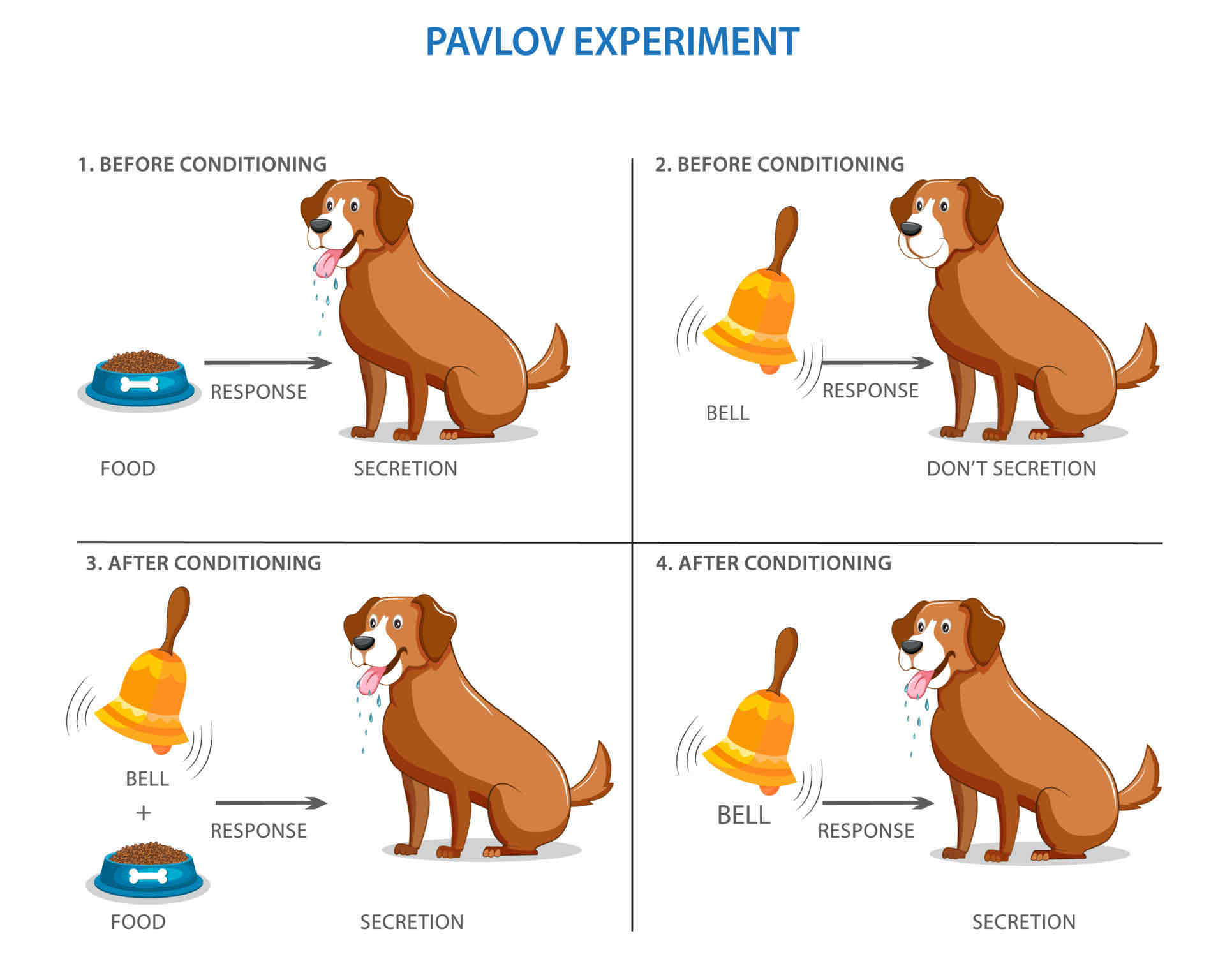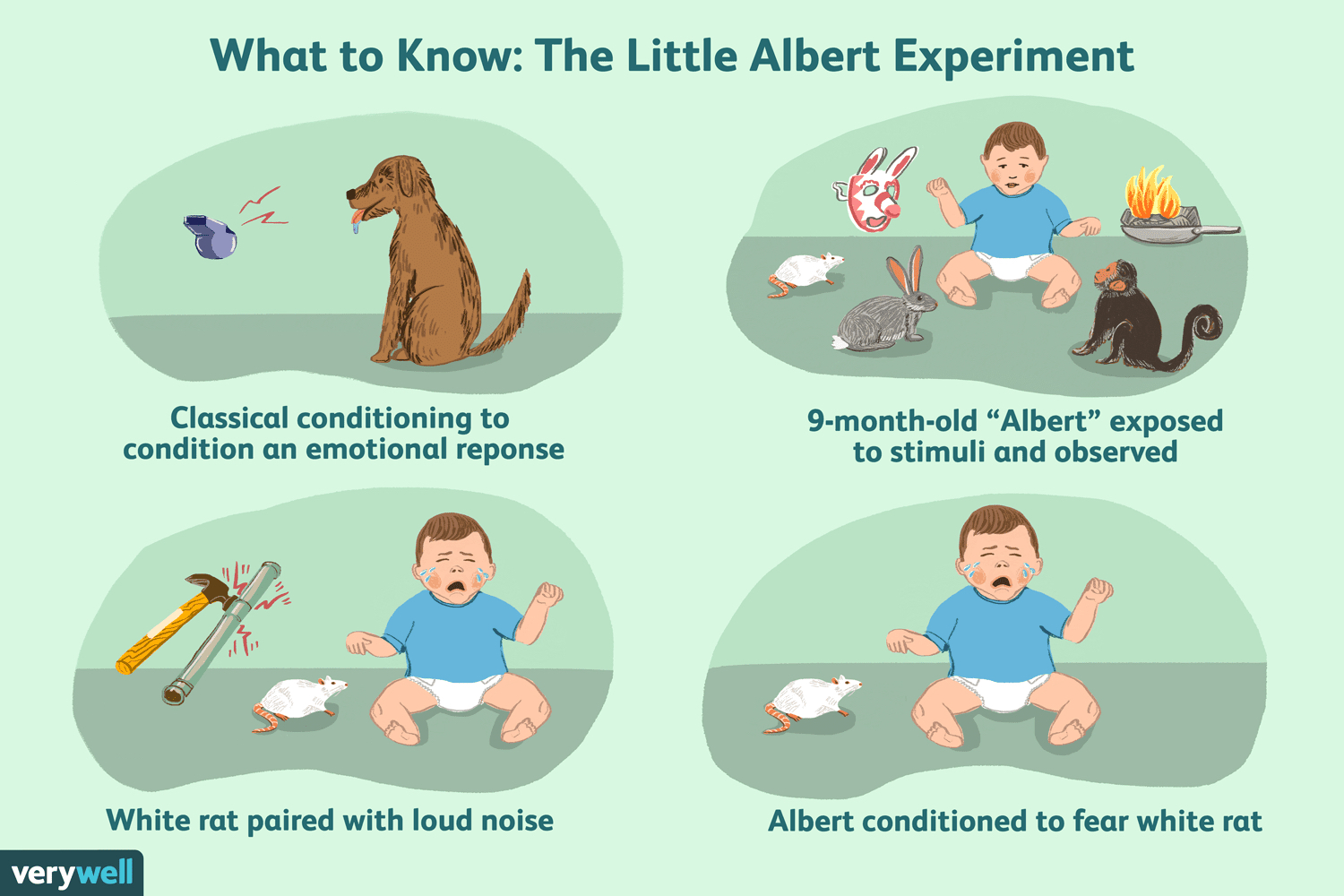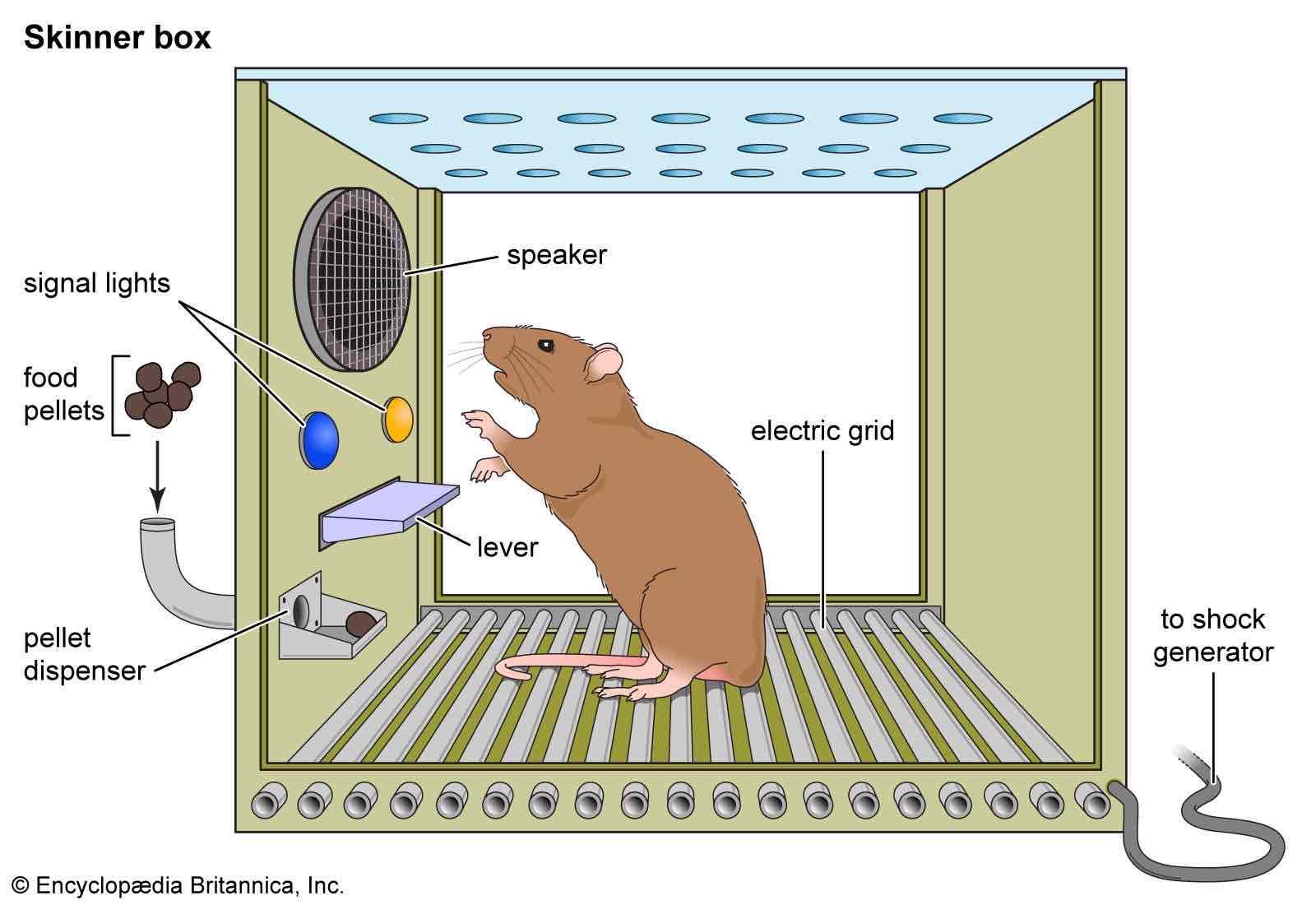The Learning Approaches: Behaviourism
1/28
There's no tags or description
Looks like no tags are added yet.
Name | Mastery | Learn | Test | Matching | Spaced |
|---|
No study sessions yet.
29 Terms
Describe Wundt’s contributions to psychology
Wrote the first textbook of psychology
Set up the first laboratory of experimental psychology
Pioneered the use of introspection as a method to study mental states
What is meant by ‘introspection’?
The first systematic, experimental attempt of studying the mind by breaking up conscious awareness into basic structures of thoughts, images and sensations
Describe Wundt’s method of introspection
Trained observers were presented with controlled stimuli such as a ticking metronome
Participants were then asked to describe how the stimuli made them think and feel
The same stimulus, physical surroundings and instructions were given to each person
Wundt’s research can be described as not scientific. Describe how this is a weakness of his method to study introspection.
Despite his attempt to be scientific, other psychologists have criticized his approach
‘Private experiences’ such as sensations and thoughts that were self-reported are not observable and difficult to measure
The experiences they were reporting are subjective
This is a weakness because such criticism undermines the objectivity of Wundt’s work
‘Wundt’s research can be described as not scientific’ Describe a counterargument to this statement
It is still used today to gain access to cognitive processes
Griffiths (1994) used introspection to study the cognitive processes of fruit machine gamblers
He asked them to ‘think aloud’ whilst playing a fruit machine to a microphone on their lapel
He found that regular gamblers made more irrational verbalizations than non-regular gamblers
Therefore, introspection can have practical applications in modern society
Wundt’s research has contributed to psychological approaches. Describe how this is a strength of his method to study introspection.
His methods have often been seen as the start of cognitive psychology
Cognitive psychology is a modern day psychological approach that attempts to measure what is happening in the mind using scientific methods
Without Wundt, some have questioned if it would still exist today
This is a strength because Wundt’s methods have been incredibly influential to cognitive psychologists
Wundt’s research has contributed to psychology as a science. Describe how this is a strength of his method to study introspection.
Wundt applied the scientific method to studying the mind which means in modern times, psychology is considered a scientific discipline
If he didn’t set up the first psychology lab, it is possible that study of the internal mind may still be tied to its philosophical roots and it may have never gained the status is has today
This is a strength because Wundt’s influential work has paved the way for the study of psychology as a respected discipline
Describe how modern psychology is scientific
It has the same aims as natural science i.e. that is to describe, understand, predict and control behaviour
Learning approaches, cognitive approaches and the biological approach all rely on the use of scientific methods
For example, lab studies investigate theories in a controlled, unbiased way
This is a strength since it suggests that in the 20th century and beyond, psychology has established itself as a scientific discipline
Describe what is meant by ‘behaviourism’?
A way of explaining behaviour in terms of what is observable and in terms of learning without need to consider thoughts and feelings
Describe how subjective data when studying psychology is a weakness of the emergence of psychology as a science
Not all approaches use objective measures
For example, the humanistic approach rejects science and focuses on individual and subjective experiences
Studying human participants in research means that they often respond to demand characteristics
This is a weakness because the scientific approach to studying human thought and experience may always be desirable or possible
Describe the beliefs of the behaviourists
Humans are born a blank slate (tabula rose)
All of our behaviours are learnt from our environment
This means that behaviours are strongly on the nurture side of the nature vs nurture debate
Regard genetic influence on behaviours as minimal
Describe the methods used by behaviourists
Use the scientific method and only study things could be directly observed
In controlled lab experiments, they often use animals
Describe Pavlov’s study into classical conditioning
Pavlov presented the dog with food which triggered salivation in the dog. Pavlov called the food an unconditioned stimulus which produced an unconditioned response (the dog’s salivation is a reflex that has not been learned
Pavlov rang a bell but the dog did not respond. Pavlov called this a neutral stimulus as it did not lead to salivation
Every time food was presented to the dog, a bell was rung at the same time to create an association between the bell and food. This learning stage was repeated every time the dog was fed food
The dog eventually learnt to salivate to the sound of the bell alone and this is a conditioned response. The bell is no longer neutral but a conditioned stimulus

Describe the effect of timing on classical conditioning in Pavlov’s study
Pavlov found that association only occurs if the unconditional and neutral stimulus are presented at the same time or around the same time as each other
If the time between presentations is too great then there will be no association
Describe the effect of stimulus generalisation on classical conditioning in Pavlov’s study
Once an animal had been conditioned, they would also respond to other stimuli that are similar to the original conditioned stimuli
Describe the effect of extinction on classical conditioning in Pavlov’s study
If the bell is repeatedly sounded without food, salivation slowly disappears and the behaviour is extinguished
Describe Watson and Rayner’s (1920) study into phobias using Little Albert
Aim: To demonstrate that phobias can be learnt through classical conditioning
Procedure: A 9-month old boy called Little Albert was presented with a white rat and his reaction to the rat was noted
Albert was presented again but this time a loud noise was made by striking a steel bar with a hammer
This was repeated and eventually the rat was presented in front of Albert without a loud noise

Describe the findings of Watson and Rayner’s (1920) study into phobias using Little Albert
Little Albert was initially unafraid of the rat but once it was paired with a loud noise, he developed a fear response.
Even when the loud noise stopped, Albert remained frightened of the rat
Describe the procedure of Skinner’s research
A skinner box was developed to test the effects of rewards on behaviour
A hungry rat was placed in the box which contained a lever - as the rat moved about, it would accidentally knock the lever
Immediately, a food pellet would drop into a container next to the lever
A few trials - the rats quickly learned to press the lever to gain the food reward
The consequence of receiving food ensure that the rat would repeat the action again and again

Describe the 3 types of consequences that can follow behaviour
Positive reinforcement: This is receiving a reward when certain behaviour is performed
Lever pressing behaviour in Skinner’s study meant the rats were positively reinforced with food pellets
Negative reinforcement: Occurs when the animal (or human) avoids something unpleasant
The mother feeds the baby milk to avoid it crying
Punishment: The opposite of reward since it is designed to weaken / eliminate a response rather than increase it
Skinner introduced an electrified grid floor so that pressing the lever resulted in a brief electric shock, the rats quickly learned not to press the lever.
Behaviourist research methods have been described to have ‘high control over variables’. Describe how this is a strength
Lab studies have control over the IV and extraneous variables which means they can clearly look at how a stimulus can lead to a response when researching behaviour
In Skinner’s study, all variables were kept the same apart from the type of reinforcement/punishment
This is a strength because a cause and effect relationship between the IV and the DV can be established
Behaviourist research methods have no demand characteristics. Describe how this is a strength
When using non-human participants, there will be no possibility that they work out the aim of the study
In Skinner’s study, although rats were quite intelligent, there is no possibility that they will have worked out the aim of the study and changed their behaviour accordingly
This is a strength as they will not be unrealistically nice to please the researcher or demonstrate behaviour to invalidate the results, making the theory more valid
Behaviourist research methods can be described to have a ‘‘lack of generalisation’’. Describe how this is a weakness
Most experiments used to support the approach are carried out on animals
Pavlov used dogs and they cannot be matched similarly on DNA (unlike a chimp with a 98.4% match)
This is a weakness since it is questionable if we can apply the findings to humans which reduces the validity of the method
Behaviourist research methods have been criticised for having ethical issues. Describe how this is a weakness.
Using animals has raised several ethical issues since they are often kept hungry and thirsty in order to motivate them in the procedures
In a version of Skinner’s study, the rats were electrocuted which therefore caused physical harm
This is a weakness because research should follow the animal ethical code of conduct whereby an animal should not be physically or psychologically harmed during an experiment
The behaviourist approach can be described as ‘‘deterministic’’. Describe how this a weakness of the approach.
The approach can be accused of being deterministic in its view of human behaviour
It sees all behaviour as being controlled by past experiences that have been conditioned
Skinner suggested that everything we do is the sum total of our reinforcement history
This is a weakness as it suggests that people are not responsible for their behaviour and we cannot choose how to behave
So if someone behaves in an immoral way then the approach implies that is not their fault
The behaviourist approach can be described as ‘‘reductionist’’. Describe how this a weakness of the approach.
The approach can be accused of being reductionist in its view of human behaviour since it reduces all complex behaviour down to one cause
The behaviourist approach reduces all complex behaviour down to one cause i.e., conditioning
This is a simplistic view of behaviour as we only learn through negative and positive reinforcement and ignores other contributions such as the role of cognitive processes and cognitive neurochemistry
The behaviourist approach has evidence to support its arguments. Describe how this is a strength of the approach
Research conducted by Watson and Rayner supports the approach
They discovered that Little Albert had no response when presented with a white rat but paired with a loud bang several times, Albert began to cry in the presence of the rat alone
This demonstrates that Little Albert learnt through classical conditioning as he learned to associate the loud bang (US) with the white rat now (CS)
This is a strength since having supporting research adds validity and credibility to the behaviourist approach
The behaviourist approach can be applied to real-life situations. Describe how this a strength of the approach
The principles of conditioning have been applied to a broad range of real-world behaviours and problems
Operant conditioning: Basis of token economies have been used successfully in institutions like token economies in prisons and psychiatric wards. This works by rewarding appropriate behaviour with tokens that can be exchanged for privileges
Classical conditioning: Developments of treatments for reduction of anxiety & phobias. Systematic desensitisation works by eliminating the learned anxious response and replacing it with relaxation
This is a strength since token economies have been very successful in correcting prisoners’ behaviour. In addition, systematic desensitisation has a very high success rate of treating patients - this shows that conditioning can be used in real life
The methods used to support the behaviourist approach are scientific. Describe how this is a strength of the approach
Much of the supporting research comes from highly controlled scientific lab experiments
Skinner (operant conditioning) and Pavlov (classical conditioning) used scientific lab experiments as it allowed them to eliminate any extraneous variables to establish a cause and effect relationship between the IV and DV
This is a strength because by using the scientific method, behaviourism has been very influential in the development of psychology as a scientific discipline, giving credibility and status